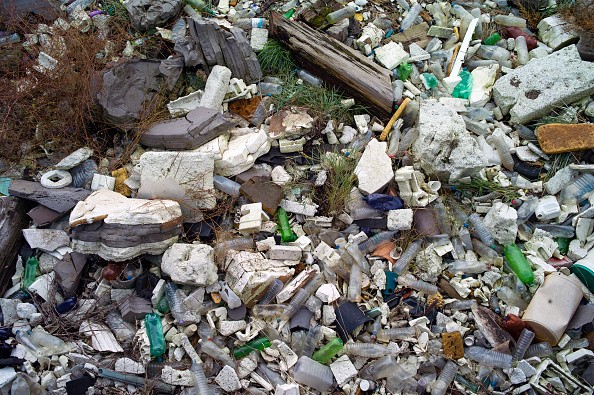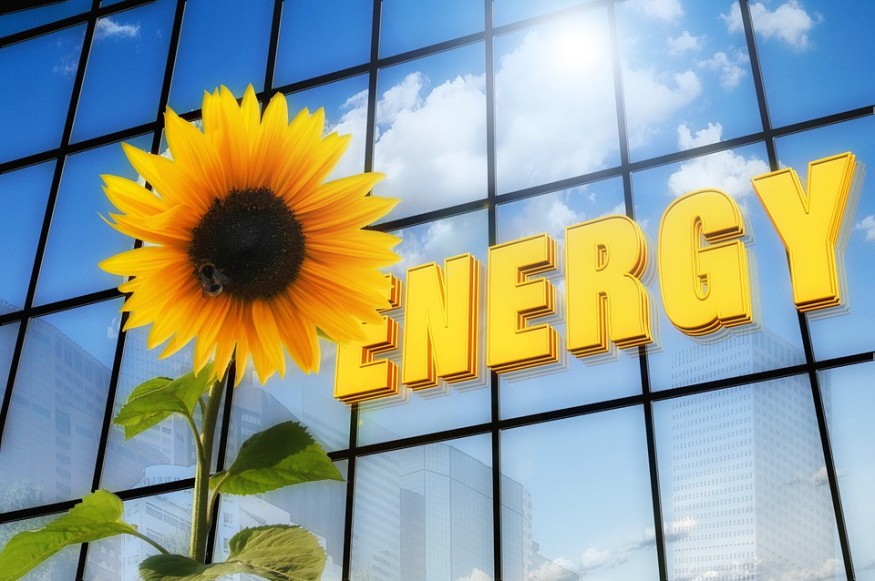Wet waste, solid waste, and gaseous waste streams are all possible high-impact options for biofuels, bioproduct precursors, heat, and energy generation in the United States. Wastes are a valuable and underutilized resource for the production of renewable fuels and products.

These streams are now accessible without requiring any changes to land use, and in many ways, their use aids in addressing the special and local difficulties of disposing of them. Since these commodities are unlikely to decline in volume in the foreseeable future, they provide a potentially low-cost collection of feedstocks that could help justify the larger investment (in the short and medium-term).
BETO

The Bioenergy Technologies Office (BETO) of the US Department of Energy is involved in waste-to-energy conversion, especially the capacity of the following waste streams.
Hydrothermal processing is one of the technological options BETO is exploring. Prior investment under BETO's algae and conversion research and development platforms has aided efforts to accelerate this technology. Hydrothermal technology and associated processes can process a broad range of wet waste feedstocks, indicating that they will be used widely.
The Pacific Northwest National Laboratory, for example, has successfully developed a diesel blendstock from urban sludge, and larger-scale pilot projects are currently underway. The hydrothermal research activities so far have just scratched the surface of the possibilities in this area. Supercritical water, as well as other high-temperature, high-pressure fluids like carbon dioxide, have interesting possibilities.
BETO is looking at a variety of options for identifying small companies with early-stage inventions that could be eligible for DOE's Small Business Innovation Research (SBIR) and Small Business Technology Transfer (STTR) initiatives, which aim to expand private-sector innovation research in the United States to strengthen the country's economy. Many waste-to-energy systems are ideal candidates for the SBIR/STTR projects since they are only in the early stages of development.
Waste-To-Energy

Municipal solid waste (MSW), also known as garbage or litter, is burned in waste-to-energy plants to create steam, which is then used to generate electricity.
MSW is made up of various energy-dense materials such as paper, plastics, yard waste, and wood-based items. In the United States, about 85 pounds of MSW can be burned as fuel to produce electricity. Waste-to-energy plants convert 2,000 pounds of trash into ash weighing between 300 and 600 pounds, reducing waste volume by around 87 percent.
How Waste-To-Energy Plants Work

Waste-to-energy systems or techs come in a variety of shapes and sizes. The mass-burn method is the most prevalent in the United States. An unprocessed MSW is burned in a large incinerator with a boiler and a generator to generate electricity (see illustration below). Another form of device, which is less common, processes MSW to eliminate the majority of non-combustible materials to manufacture refuse-derived fuel (RDF).
Waste-to-energy has a number of advantages, including a large amount of renewable energy (one ton of waste will generate between 550 and 700 kilowatt-hours (KWh) - enough to fuel a house for two weeks or more). In addition, waste-to-energy is much superior to landfills.
For more environmental news, don't forget to follow Nature World News!
© 2026 NatureWorldNews.com All rights reserved. Do not reproduce without permission.





